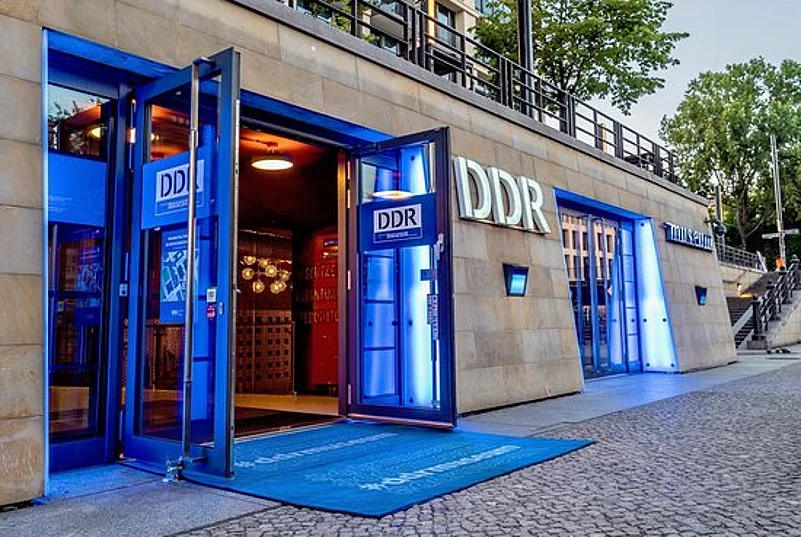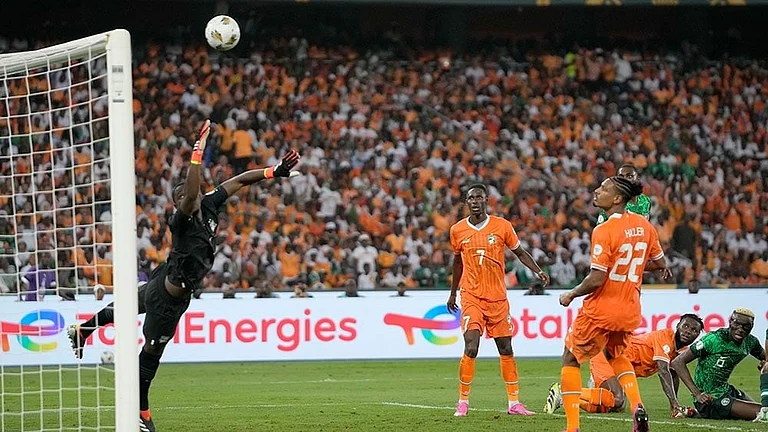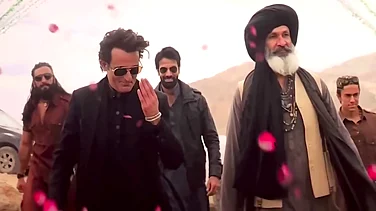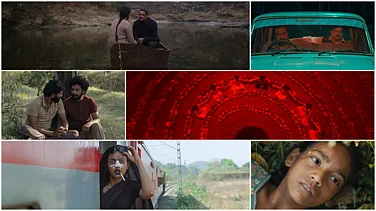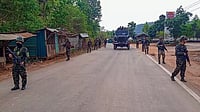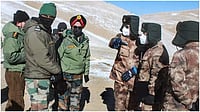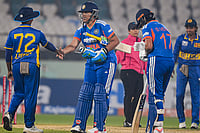For those of our readers who have been with us through the journey so far, we have covered a lot of distance. From the Anhalter Banhof station in Berlin we went to the bylanes of Calcutta, which we saw through the eyes of Rudyard Kipling. At the Brigade Parade ground, we heard ‘The Internationale’. We found why Scottish soldiers were forbidden by their superiors from playing, singing and even whistling native tunes – because that triggered their nostalgia, which, in its early days, was identified with lethargy, confusions between past and present, real and imaginary events, and ghost sightings. We hopped on to the public transport of New Delhi and ruminated about the Naxalbari insurgent movement. In this penultimate instalment, we will explore Berlin's past and meet an American soldier who defected to the Eastern Bloc during the early years of the cold war.
One place in Berlin that has preserves objects provoking memories of the erstwhile GDR is the interactive DDR Museum in the centre of the city. In its well-annotated permanent exhibition, one can find a box of Spree detergent, a Praktika nova camera, a Combi-vision television, a Minol Pirol toy, or a popular eierbecher egg cup. One can also explore a fully furnished apartment of East Germany or try out communist fashion. It is like walking on to the set of a period film. On the cloudy Saturday I went to the museum an American man was trying to show his teenage son how to use a finger-dial phone on display. More sobering is a room designed as an interrogation cell of the Stasi, the East Germany’s dreaded secret police, and another as a prison cell in which political dissidents would be consigned. For visitors though, the most attractive exhibit is a Trabi. An accompanying text describes how many West Germans learnt of the fall of the Wall when a string of Trabis drove down their streets. You can take the driver’s seat in this car and experience what it was to drive down the streets of East Berlin on a simulator screen. Another text explains how East Germans would often have to wait for a decade to get a Trabi, through the sanction of the state. This inspired a joke: “Why are there no bank robberies in the GDR? Because you have to wait 12 years for a get-away car!”
Melanie Alperstaedt, one of the spokespersons of the museum, took time out to talk to me though she and her colleagues were busy with an upcoming exhibition, the Nineties in Berlin. “The nostalgia trips are mainly for tourists so that they can get a feeling of what it was like,” she said. “For a regular Berliner, it is rare. People who suffered under the regime find it strange that others get a thrill from it.” She advocated fact-based debates and analysis rather than memories steeped in nostalgia. “There is a feeling that the West destroyed the East,” she added. “But it’s not true. Unemployment was soaring in East in 1990, the GDR was bankrupt.” Alperstaedt said she hoped the exhibitions would make people more aware of what life was like in socialist East Germany. “I wish they would go to the Stasi museum.” I did, and I took a picture of the vapor machine used to open letters for surveillance in the GDR. I had seen such a machine in the 2006 German film The Lives of Others. Another place that I often frequented was Checkpoint Charlie, the best-known crossing point between the East and the West during the Cold War. But all these places had become, to quote my friend Martin, “tourist traps”, good for taking pictures and selfies to post on your social media.
For me, all the beauty of Berlin was at Karl-Marx-Allee, a five- or ten-minute walk from Koppenstrasse where I lived. Once known as Stalinallee after the Soviet dictator, the boulevard was built between 1952 and 1960 by the GDR government as part of its post-World War II reconstruction of East Germany. At one end of the 2-km-long street, described by Italian architect Aldo Rossi as “Europe’s last great street”, stand the twin Frankfurter Tor and Strausberger Platz. Between 1951 and 1961, there also stood a statue of Stalin at one end of the street — but it was removed in a clandestine operation during a phase of de-Stalinization and the street was renamed after the founder of Marxism. In 1953, it was also the site of a workers’ protest that soon spread around the young socialist republic and was quashed with the help of Soviet tanks and soldiers. Now, it is lined with eight-storey-high buildings in the “wedding-cake style”, covered with architectural ceramics. It was at a flat in one of these buildings that I met Victor Grossman, an American soldier who “went East” — defected to the Eastern Bloc — during the early years of the Cold War. It was one of the most fascinating stories I collected during my time in Berlin. It had a hint of John le Carré and a bit of The Lives of Others.
Uttaran Das Gupta is a New Delhi-based writer and journalist. He has published a book of poems (Visceral Metropolis, 2017) and a novel (Ritual, 2020). He teaches journalism at O P Jindal Global University, Sonipat. The travel and research for this essay were made possible by the Robert Bosch India-Germany Media Fellowship.






